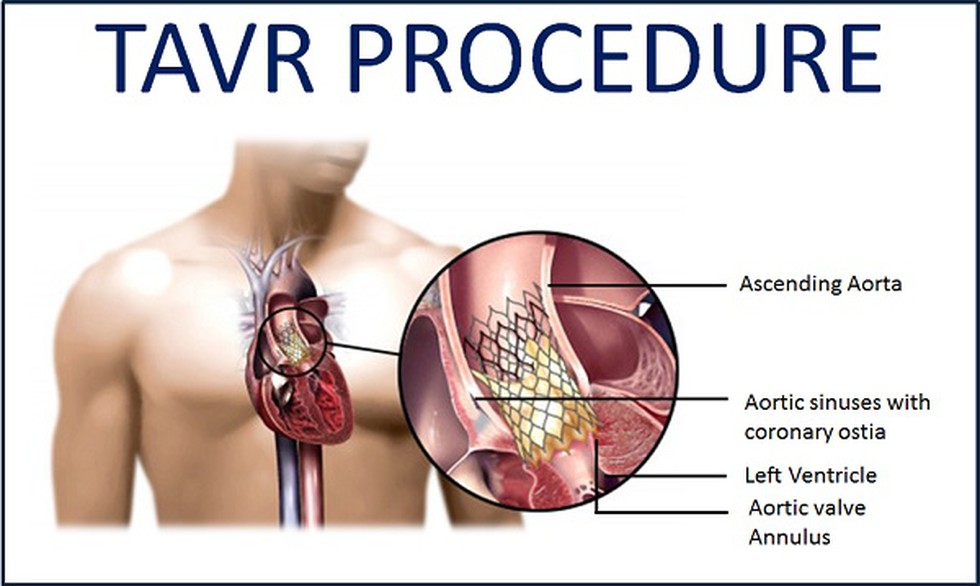
What is TAVR/TAVI?
Transcatheter Aortic Valve Replacement (TAVR), also known as Transcatheter Aortic Valve Implantation (TAVI), is a minimally invasive procedure used to treat aortic valve stenosis. This condition involves the narrowing of the aortic valve, restricting blood flow from the heart to the rest of the body. TAVR/TAVI offers an alternative to traditional open-heart surgery, providing a less invasive option for patients, particularly those who are at high risk for surgery.
How Does TAVR/TAVI Work?
During the TAVR/TAVI procedure, a new valve is delivered to the heart via a catheter inserted through the femoral artery in the groin or a small incision in the chest. The new valve is positioned within the diseased aortic valve, where it takes over the function of regulating blood flow. This innovative approach allows patients to experience a quicker recovery and fewer complications compared to open-heart surgery.
Who is a Candidate for TAVR/TAVI?
TAVR/TAVI is typically recommended for patients with severe aortic stenosis who are considered high-risk or inoperable for traditional surgery. Factors that may make a patient eligible for TAVR/TAVI include advanced age, previous heart surgery, frailty, or other medical conditions that increase surgical risk. A comprehensive evaluation by a heart team, including a cardiologist and a cardiac surgeon, is essential to determine the best treatment option.
Benefits of TAVR/TAVI
The TAVR/TAVI Procedure: Step-by-Step
Recovery and Follow-Up
Recovery from TAVR/TAVI is generally faster than traditional surgery. Patients may need to stay in the hospital for a few days for monitoring. Follow-up visits will include echocardiograms and other tests to ensure the new valve is functioning properly.
FAQs About TAVR/TAVI
1. What is the success rate of TAVR/TAVI? The success rate of TAVR/TAVI is high, with many patients experiencing significant improvement in symptoms and quality of life. The procedure has been extensively studied and is considered a safe and effective treatment for aortic stenosis.
2. How long does the TAVR/TAVI procedure take? The TAVR/TAVI procedure typically takes 1-2 hours, although this can vary depending on the patient’s condition and the complexity of the procedure.
3. What are the risks associated with TAVR/TAVI? While TAVR/TAVI is generally safe, potential risks include bleeding, stroke, valve leakage, and vascular complications. Your medical team will discuss these risks with you in detail.
4. How long will the new valve last? The durability of TAVR/TAVI valves is still being studied, but current data suggest they can last at least 10-15 years. Regular follow-ups are crucial to monitor valve function.
5. Can TAVR/TAVI be performed on patients with other heart conditions? Yes, TAVR/TAVI can be performed on patients with other heart conditions, but each case must be evaluated individually to ensure the best outcomes.
6. Is TAVR/TAVI covered by insurance? Many insurance plans cover TAVR/TAVI, especially for patients who meet specific criteria. It is important to check with your insurance provider for coverage details.
Why Choose TAVR/TAVI in Noida?
Noida has emerged as a leading destination for TAVR/TAVI procedures, offering world-class medical facilities and experienced cardiologists. If you are looking for the best TAVR expert in Noida or the best TAVR doctor in Noida, you can find top-notch care and cutting-edge technology in this city. The combination of skilled professionals and advanced healthcare infrastructure makes TAVR in Noida a reliable choice for patients seeking this life-changing procedure.